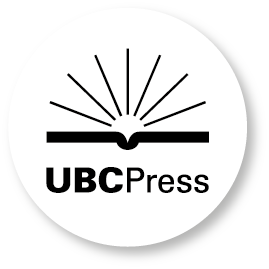The High School
Sports, Spirit, and Citizens, 1903-2024
Taking over a century’s worth of yearbooks from his alma mater, Salinas High School, as a historical archive, acclaimed sociologist Michael A. Messner discovers a not-so-distant time when all the cheerleaders were boys and nearly equal attention was paid to boys’ and girls’ sports. In the process, he explores the changing meanings of high school athletics.
Say Her Name
Centering Black Feminism and Black Women in Sport
Say Her Name: Centering Black Feminism and Black Women in Sports offers an in-depth look into the lived experiences of Blackgirlwomen as athletes, activists, and everyday people through a Black feminist lens. With so much research on race centered on Black men and gender research focusing on white women, Say Her Name offers a necessary conversation that places Blackgirlwomen at the center of discussion.
Black Sporting Resistance
Diaspora, Transnationalism, and Internationalism
In this text, the Black Sporting Resistance Framework (BSRF) is introduced to examine how resistance actions in and through sport have contributed to the advancement of local and global racial justice efforts. Key concepts such as African (Black) diaspora, transnationalism, internationalism, sporting resistance typology, and sport activism typology are presented.
A Nation of Family and Friends?
Sport and the Leisure Cultures of British Asian Girls and Women
In A Nation of Family and Friends sociologist Aarti Ratna interrogates sport and leisure cultures as a site of common culture. Ratna portrays and analyses the vagaries of British Asian-ness and examines the intersections of class, caste, age, generation, gender, and sexuality, providing a rich and critical exploration of British Asian women's sport and leisure choices, pleasures, and lived realities.
Soccer in Mind
A Thinking Fan's Guide to the Global Game
Changing on the Fly
Hockey through the Voices of South Asian Canadians
Hockey and multiculturalism are often noted as defining features of Canadian culture; yet, rarely are we forced to question the relationship and tensions between these two social constructs. This book seeks to inject more “color” into hockey’s historically white dominated narratives by amplifying the voices of South Asian hockey participants.
Lakota Hoops
Life and Basketball on Pine Ridge Indian Reservation
In Lakota Hoops, anthropologist Alan Klein looks at Pine Ridge Indian Reservation to provide a vivid portrait of how the community uses basketball to assert its tribal identity. He reveals the ways that the game is a filter for traditions, pride, hopes, and tribulations that people experience daily, as well as how it bridges Lakota past, present, and future.
Sport, Physical Culture, and the Moving Body
Materialisms, Technologies, Ecologies
Sport, Physical Culture, and the Moving Body explores the extent to which the body, when moving about active body spaces (the gymnasium, the ball field, the lab, the running track, the beach, or the stadium) and those places less often connected to physical activity (the home, the street, the classroom, the automobile), is bounded to technologies of life and living, as well as to the political arrangements that seek to capitalize upon such frames of biological vitality. To do so, the authors problematize the rise of active body science (kinesiology, sport and exercise sciences, performance biotechnology) and the effects these scientific interventions have on embodied, lived experience. Sport, Physical Culture, and the Moving Body offers a groundbreaking departure from representationalist tendencies and orthodoxies brought about by the cultural turn in sport and physical cultural studies. It brings the moving body and its physics back into focus: re-centering moving flesh as the locus of social order, environmental change, and the global political economy.















